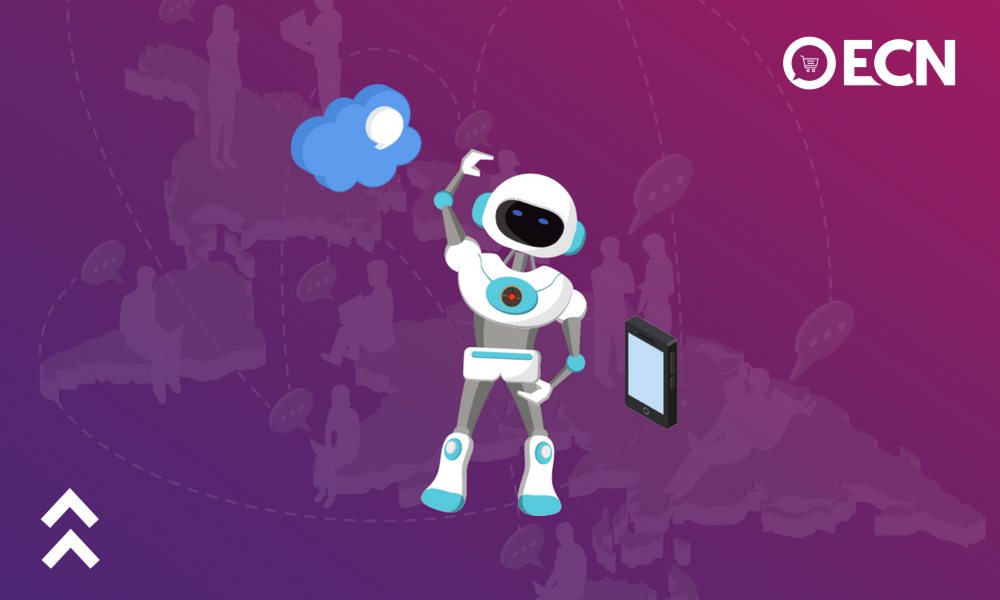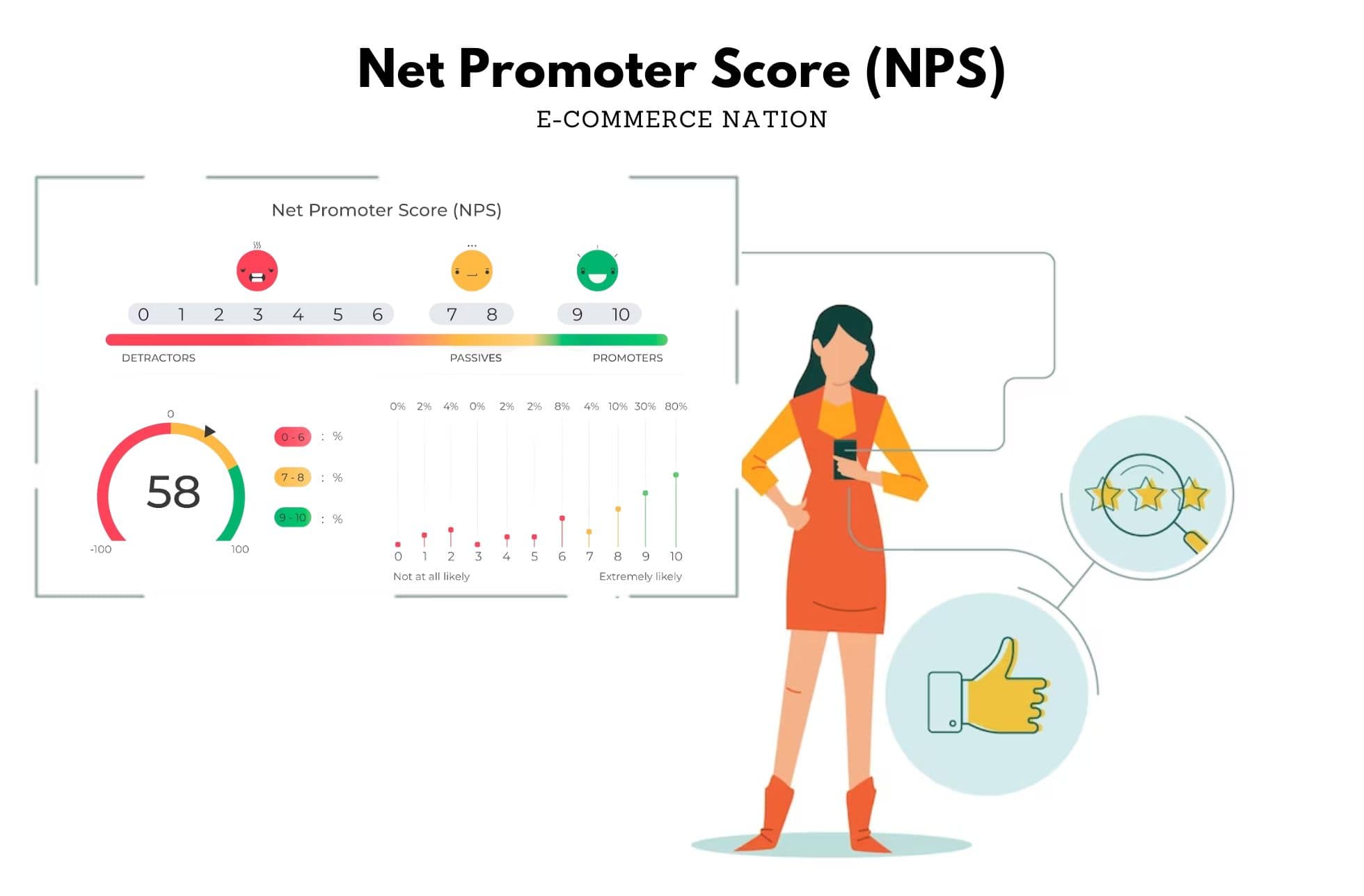



You hear about them everywhere. You feel that they are important, that maybe you should even have one in your strategy, but you don’t even know where to start. Don’t worry, from now on chatbots will no longer be a mystery to you.
A chatbot is a technology that allows a user to have a conversation with a computer program, usually within a messaging app, such as Facebook Messenger, Slack or Telegram.
Knowing its definition is fine. But what really works to understand a concept is to see it with our own eyes. Let us discover some examples:
KLM: allows you to check flights and make arrangements through Facebook Messenger.
Allset: offers the possibility to book a table in a restaurant.
Growthbot: delivers useful content for marketers in need of practical advice
Fynd: searches for products among various fashionable E-Commerce and displays them in Messenger.
In all of them we can experience first-hand how a chatbot works: it recognizes our natural language and carries out the actions we entrust to it. Like Siri or Cortana, but in text format. Also, thanks to Artificial Intelligence, learns about our tastes and habits. This way, it is offering more and more precise services and products.
Why should you opt for chatbots?
As every tool you hear about or see on the internet, there are advantages and limits. You need to ask yourself if the tool will fit your E-Commerce or if its presence is justifiable. But, why are these tools so popular these days? Why does the E-Commerce world rely so much on these tools? Would they be really useful in your case?
What are the advantages of chatbots?
The answer is many, as removing an interface full of buttons and menus also eliminates the need to learn how to navigate it, which is what it entails:
- Immediacy
- Ubiquity, because with a simple messaging app that includes the possibility of including bots we can open all the conversations we want with stores and services.
- Authenticity, since we use what is most natural to us to interact in real life, which is language.
- Accessibility, with a much more comfortable and intuitive interface.
- Efficiency, the user gets more with less.
Chatbots’ popularity explained
Okay yes, it’s true that nowadays AI chats are nothing more than digital janitors who are more or less smart. But we must bear in mind that this has only just begun and proof of this are the latest trends that have been observed around them:
- The use of messaging applications is already surpassing that of social networks. It shows how people prefer conversation to relate, with fewer interfaces in between.
- About 20% of Internet searches are already conducted by voice. Wizards like Siri are used, with no need to type in the search engine interface.
- Natural language interfaces, such as chatbots, are moving fast on the technology adoption curve.
- In fact, in China WeChat has been very successful in its application, allowing millions of people to interact with its software via voice.
This data can be framed in an evolution of the user interfaces towards its elimination, and towards an interaction with the software without screens or menus, based on the recognition of natural language and AI. This will completely eliminate the “friction” between user and software, and is a small revolution in the use of technology.
Content and marketing in a chatbot
The first thing we need to know to design a chatbot is what service we are going to offer, and how it “turns” into a conversation. With this in mind, it is necessary to design a conversational experience, and even “design” the customization of the bot.
This design should try to bring the user into the conversation that the bot knows and can offer value in. Bot questions, for example, should never be opened. They must give predefined options, so that the user does not go by the branches, throwing the bot off track.
Chatbots’ design isn’t everything
This design must be accompanied by a content strategy for AI chats, as content is what the bot will offer within the conversation we have designed. Hence the importance of managing them well to achieve a valuable interaction for the user.
To achieve this we must develop a new content classification paradigm, with powerful semantic relationships, good architecture and adequate taxonomy. In addition, a controlled vocabulary game that fits in with the conversation we want to develop.
All of this must be developed through trial and error, allowing the AI of the chatbot to learn, achieving an increasingly contextual and fluid interaction. The work of the content strategists, who will help the chatbot to offer the best content, is therefore fundamental.
Chatbots’ impact on your E-Commerce
Chatbots open up new possibilities for interaction with customers. In Messenger, for example, a chatbot can:
- Send messages with hardly any limitations after the first interaction.
- The users’ input allows them to be dynamically segmented from the conversations.
- You can send messages from automated workflows.
- You can send advertising, invitations and discount coupons. Very segmented according to the behaviour of each user, through Facebook Messenger.
Pioneering experiences in this case show very high CTR and engagement. Partly thanks to one-to-one communication that doesn’t have to compete with anyone in the chat room. Although, as always, we must not forget that we all HATE spam, especially if it is a spambot! For this reason, AI and chatbots should always be used to bring much more value to users. If we get this, I’m sure we’ll get it right.





